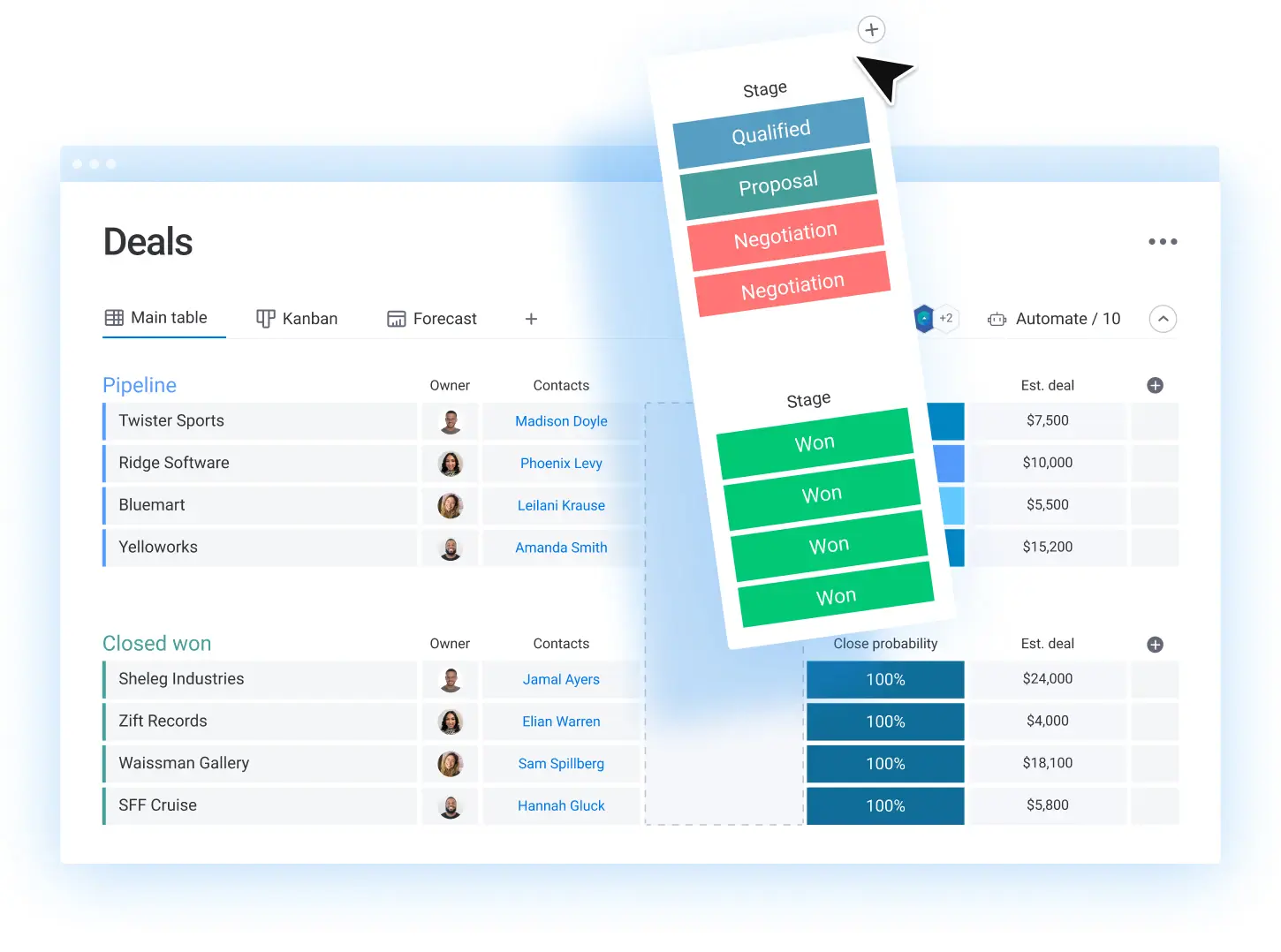
In recent years, influencer marketing has emerged as a powerful tool in the realm of online advertising in the USA. As brands seek to connect with consumers in more authentic ways, the role of influencers has become increasingly significant. With social media platforms like Instagram, TikTok, and YouTube at the forefront, influencer marketing has reshaped how businesses engage their target audiences.
Influencer marketing involves collaborating with individuals who have a substantial following on social media. These influencers possess the ability to sway the opinions and purchasing decisions of their audience. By leveraging the trust and credibility that influencers have built with their followers, brands can effectively promote their products or services. This method has proven more effective than traditional advertising because it feels more personal and relatable.
One of the primary benefits of **influencer marketing** is its capacity to enhance brand awareness. When an influencer shares a post featuring a brand, it reaches a larger audience than the brand might typically engage through conventional advertising methods. Additionally, this form of marketing can lead to increased engagement rates. According to recent studies, campaigns that leverage influencer partnerships generate up to 11 times more ROI than traditional forms of advertising.
Influencers come in various shapes and sizes, categorized typically into three main types: mega, macro, and micro-influencers. Mega-influencers, often celebrities, have millions of followers but may lack the personal touch that smaller influencers provide. Macro-influencers, with tens of thousands to a few million followers, can offer a balance of reach and engagement. Micro-influencers, typically with followings under 100,000, often boast high engagement rates and niche audiences, making them valuable partners for brands looking to connect more intimately with consumers.
Social media platforms play a crucial role in the effectiveness of **influencer marketing**. Instagram remains one of the most popular platforms for influencers, offering various formats like stories, posts, and IGTV to showcase products. TikTok has rapidly gained traction as a platform for short, engaging video content, allowing influencers to create viral challenges and trends. YouTube, on the other hand, provides a space for in-depth product reviews and tutorials, giving brands a longer format to engage potential customers. This diversity in platforms allows brands to tailor their strategy according to their target demographic.
While influencer marketing presents numerous advantages, it is not without its challenges. One of the main issues brands face is finding the right influencer who aligns with their brand values and target audience. Additionally, the authenticity of the influencer is paramount; partnerships that feel forced or inauthentic can backfire and damage a brand's reputation. Moreover, measuring the effectiveness of an influencer marketing campaign can be tricky, as traditional metrics such as likes and shares may not accurately reflect the true impact on sales.
To maximize the effectiveness of influencer marketing, brands should consider several best practices. First, it is essential to conduct thorough research to identify influencers whose values align with the brand’s mission. Second, fostering authentic relationships with influencers can lead to more genuine promotions. Brands should also be clear in their expectations and provide influencers with creative freedom to express their unique voice. Lastly, tracking and analyzing campaign performance through metrics such as engagement rates and conversions can help brands refine their strategies for future campaigns.
Looking ahead, the role of **influencer marketing** in online advertising is only expected to grow. With advancements in technology and the rise of new social media platforms, brands will continue to explore innovative ways to engage with consumers through influencer partnerships. The demand for authenticity in advertising will likely drive brands to collaborate with micro and nano-influencers, who can offer more personalized connections with their audiences. As the landscape evolves, staying ahead of trends and adapting strategies will be crucial for brands aiming to leverage **influencer marketing** effectively.
In conclusion, influencer marketing has become a vital component of online advertising in the USA. Its ability to foster authentic connections between brands and consumers is unparalleled in today's digital landscape. By understanding the intricacies of influencer marketing and implementing best practices, brands can harness its potential to drive engagement and sales, ultimately leading to sustained growth in the competitive market.
Engagement Rates by Influencer Type:
Mega-Influencers: 1%
Macro-Influencers: 3%
Micro-Influencers: 7%
The Future of Online Advertising in the USA: Trends to Watch in 2025
How AI is Transforming Online Advertising Strategies in the USA by 2025
The Rise of Video Ads: Online Advertising Trends in the USA for 2025
Navigating Privacy Regulations: Online Advertising Challenges in the USA
The Impact of Social Media Algorithms on Online Advertising in the USA by 2025
Mobile-First Advertising: Adapting Strategies for the USA Market in 2025

Innovations in Mortgage Loans: Exploring Technology’s Role in the USA by 2025".

Boost Your Small Business Success: The Role of CRM Software in the USA's 2025 Market